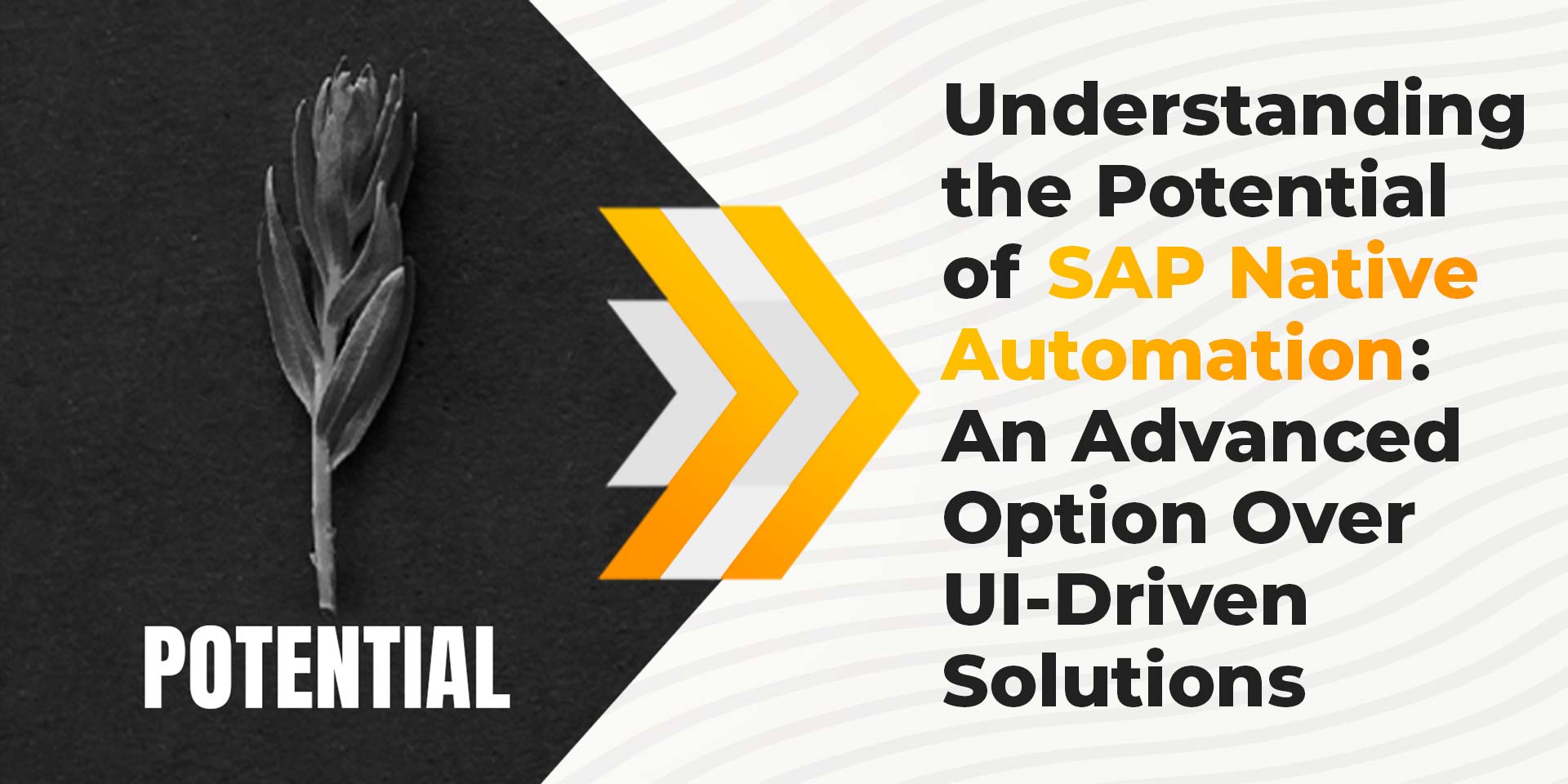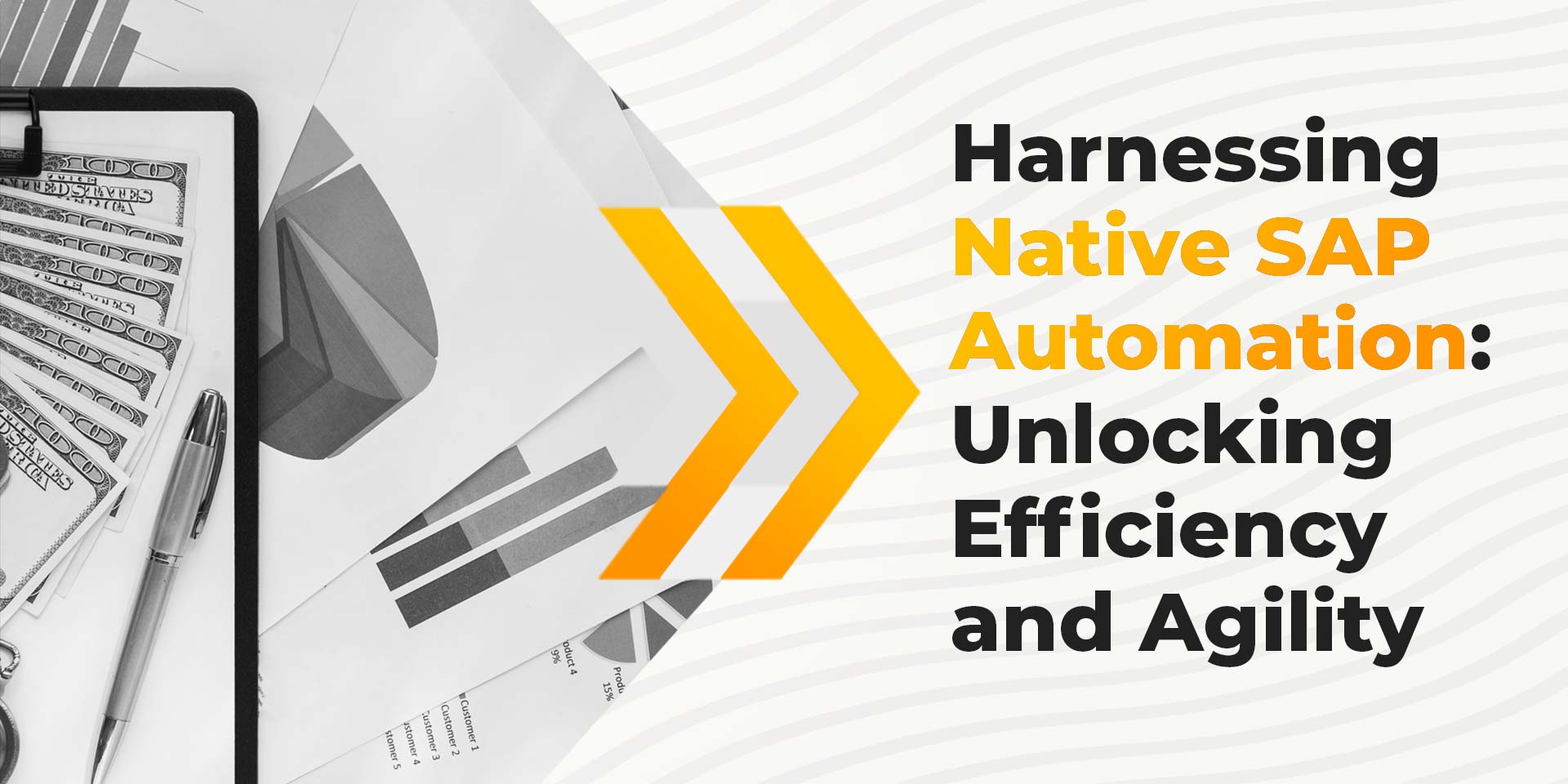Automation
Native Automation
Exploring The Challenges and Consequences of Non-Resilient Automation


- Table of Contents
- Introduction
- Challenge 1- Unstructured Data Complexity
- Challenge 2- Compliance Hurdles
- Challenge 3- User-Based Decision-Making Complexity
- Challenge 4- Inability to Adapt to Changing Interfaces
- Challenge 5- Data Migration Complexity
- Challenge 6- Managing a Multitude of Bots
- The Role of Robotic Process Automation (RPA)
- Conclusion
Introduction
Automation has become an integral part of business operations, ushering in a new era. At least 67% of companies worldwide have embraced automation to some degree. It's undeniable that automation brings a multitude of benefits, from streamlining workflows to enhancing efficiency.
However, not all automation solutions are created equal. In this blog, we will delve into the challenges and consequences associated with non-resilient automation. We will dissect these challenges and their corresponding consequences, emphasizing the critical importance of automation resilience and resilient automation frameworks in SAP systems.
Challenge 1: Unstructured Data Complexity
Unstructured data, diverse in formats such as text, images, and multimedia, poses a significant hurdle for non-resilient automation systems, including the SAP ABAP ecosystem. These systems struggle to interpret varied data types accurately, leading to errors and inefficiencies in processing. End-to-end automation requires data to be accessible and consistent across the entire process, which can prove challenging for non-resilient systems.
Consequence: Inaccurate Data Processing and Inefficiencies
The inability to handle unstructured data accurately results in processing errors, hindering seamless automation processes. Inaccuracies lead to inefficiencies in automated workflows, impacting overall productivity and decision-making.
Challenge 2: Compliance Hurdles
Compliance requirements can be demanding and constantly evolving, particularly in industries regulated by strict guidelines. Automation systems that lack resilience face difficulties in adjusting to the dynamic nature of compliance standards.
Consequence: Legal Penalties and Reputational Damage
Failing to adhere to evolving regulations because of non-resilient automation can have significant repercussions. Businesses could be subject to legal penalties, fines, or other punitive actions. Additionally, the company's reputation may suffer, resulting in a loss of trust from clients and partners. It is crucial to prioritize compliance and ensure resilient automation to mitigate these potential consequences.
Challenge 3: User-Based Decision-Making Complexity
Replicating human-like decision-making in automated systems presents a formidable challenge, particularly in the realm of SAP automation. Non-resilient automation grapples with the intricacies of nuanced judgment and contextual comprehension.
Consequence: Errors in Decision-Making
Errors in critical judgments can have significant consequences, affecting business strategies, customer interactions, and overall organizational outcomes. Therefore, it is crucial to address the issue of inaccurate replication of user-based decision-making by non-resilient automation systems. By doing so, businesses can mitigate these errors and their far-reaching impacts. The right RPA solution should be able to adapt to user-based decision-making complexity.
Challenge 4: Inability to Adapt to Changing Interfaces
As business interfaces evolve, it becomes crucial for automation systems, such as SAP ABAP automation, to be resilient and adaptable. Non-resilient automation systems are bound by the framework, language, and structure they are initially programmed with, making it difficult to keep up with changing interfaces.
Consequence: Disrupted Workflows and Downtime
Failing to adapt to evolving interfaces can have detrimental effects on workflow and productivity. Automation systems that lack resilience may struggle to seamlessly integrate with changing software interfaces, particularly when relying on UI-based automation. When businesses choose UI-based automation within non-resilient systems, disrupted workflows and downtime become apparent consequences. Changes to the interface can render predefined actions ineffective, leading to frequent failures and the need for manual intervention. This, in turn, causes operational delays and decreases productivity.
Challenge 5: Data Migration Complexity
Data migration is a critical aspect of any automation initiative, especially when transitioning from manual or legacy systems to automated platforms. Non-resilient automation systems struggle with the complexity of migrating vast amounts of data from various sources, formats, and structures.
Consequence: Data Inconsistencies and Losses
Improper management of data migration complexities can result in data inconsistencies and losses. Automation systems that lack resilience may misinterpret or lose data during the migration process, compromising data integrity and leading to inaccurate records. Such issues can have a detrimental impact on decision-making, analysis, and overall business operations, causing costly errors and setbacks.
Challenge 6: Managing a Multitude of Bots
As automation becomes more integral to business operations, managing a large number of bots can become a significant challenge. Non-resilient automation systems often struggle with the coordination and orchestration of numerous bots operating simultaneously within an organization.
Consequence: Operational Chaos and Reduced Efficiency
Without a robust automation framework, managing a multitude of bots can lead to operational chaos. Tasks may overlap, causing duplication of efforts, or important tasks may be overlooked due to the sheer volume of automated processes. This can result in decreased efficiency, missed deadlines, and a strain on resources as employees navigate the complex automation landscape.
The Role of Robotic Process Automation (RPA)
Robotic Process Automation (RPA) has gained prominence as a powerful automation tool. However, even RPA solutions face challenges when not built on resilient automation frameworks. Non-resilient RPA implementations may lead to bottlenecks in processes, increased error rates, and reduced overall productivity.
To harness the full potential of RPA, businesses must invest in resilient automation systems with a native approach with are engineered to adapt to SAP's evolving interfaces. With their API-centricity, they recognize interface changes promptly from the root and adjust automation processes accordingly, ensuring continuous operations without disruptions.
Conclusion
In conclusion, the challenges associated with non-resilient automation, especially in the realm of SAP ABAP ecosystem, underscore the importance of embracing resilient automation frameworks. Businesses must recognize the need for automation systems that can seamlessly adapt to evolving environments, handle unstructured data, comply with regulations, replicate user-based decision-making, adapt to changing interfaces, and focus on the diverse aspects of business processes.
By investing in resilient automation solutions, businesses can pave the way for sustainable growth, increased efficiency, and enhanced competitiveness in the ever-changing landscape of technology










